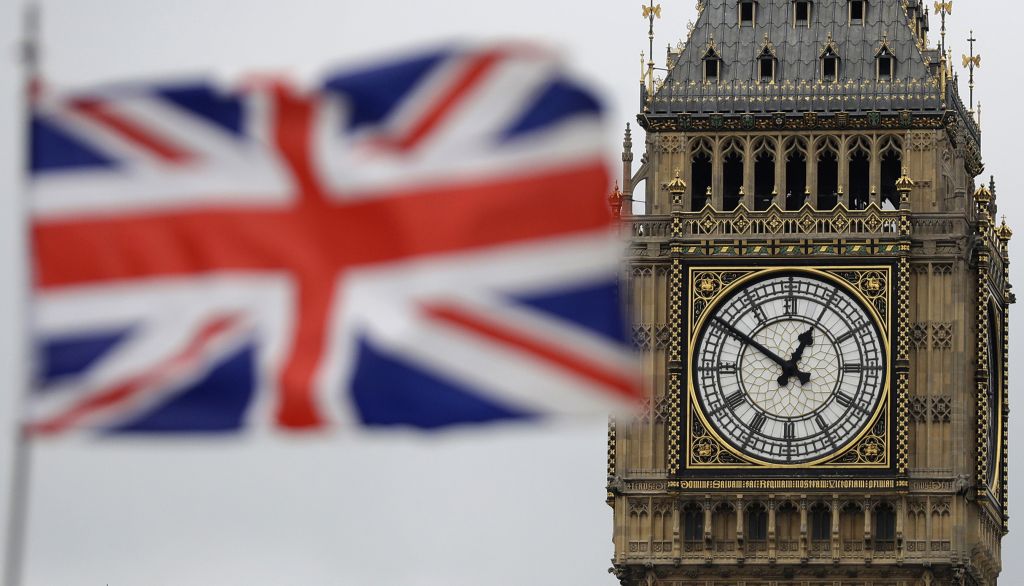UK Inflation Stalls at 3.4%, Spotlight Shifts to BoE’s August Meeting
19.06.2025 9:00 2 min. read Alexander Stefanov
Britain’s cost-of-living pulse barely budged in May, with headline CPI stuck at 3.4%—the same pace (after correction) seen in April, the Office for National Statistics said on Wednesday.
A data glitch tied to vehicle taxes previously inflated April’s release to 3.5%, but the ONS confirmed both months should read 3.4%.
What moved—and what didn’t
- Transport pulled prices lower. Cheaper airfares (thanks to Easter falling earlier) and softer fuel costs trimmed the index.
- Core inflation eased. Stripping out energy, food, alcohol and tobacco, the rate cooled to 3.5% from 3.8%.
- Sticky spots remain. Higher grocery, furniture and household-goods prices offset part of the transport relief.
Richard Heys, the ONS’s acting chief economist, summed it up as a “tug-of-war” of price swings that left the overall reading flat.
Market reaction
Sterling inched up about a quarter-percent to $1.345, underscoring that traders had largely priced in an unchanged print.
Policy implications
With inflation still miles above the Bank of England’s 2% target—and geopolitical risks keeping a floor under oil—rate-setters are expected to leave Bank Rate at 4.25% on Thursday and revisit easing prospects at the 1 August meeting. Pantheon Macroeconomics sees CPI creeping to a 3.6% peak in September, or 3.7% if energy prices stay elevated.
Treasury chief Rachel Reeves welcomed the plateau but conceded “there’s more work ahead” to anchor prices. Much of that work now rests on whether energy markets calm and the labour market softens enough to give the BoE room to cut before year-end.
-
1
Jamie Dimon Warns U.S. Risks Losing Dollar Dominance Without Swift Reform
02.06.2025 8:00 1 min. read -
2
Elon Musk Says Congress Is Bankrupting America
04.06.2025 14:00 2 min. read -
3
Trillions in Debt Payments Could Break U.S. Economy, Ray Dalio Predicts
06.06.2025 12:00 1 min. read -
4
Trump Defends Tariffs as Legal Battles and Global Trade Talks Escalate
03.06.2025 21:00 2 min. read -
5
Wall Street Veteran Warns Tariffs Could Disrupt AI-Driven Market Rally
05.06.2025 12:00 1 min. read
Trump Targets Fed Over Missed Rate Cut Opportunity
The fallout from the Federal Reserve’s latest decision to hold interest rates steady has reached the political arena, with U.S. President Donald Trump launching a fierce attack on Chair Jerome Powell.
Fed’s New Projections Hint at a Slower Easing Cycle Through 2026
The Federal Reserve left its target range at 4.25–4.50 percent for a fourth straight meeting and quietly dialed back how much easing it expects through 2026.
Fed Holds Fire on Rates, Signals Cuts Could Arrive if Jobs Falter
After wrapping up a two-day policy meeting, the Federal Reserve left its benchmark rate unchanged near 4.4 percent—exactly what markets had penciled in.
Billionaire Investor Sees Dollar Crash If Key Support Breaks
Jeffrey Gundlach believes the greenback is tiptoeing along its final line of support. In a recent webcast, the DoubleLine Capital founder highlighted a chart that links the dollar index’s 2011 trough near 72 to its 2021 low around 89.
-
1
Jamie Dimon Warns U.S. Risks Losing Dollar Dominance Without Swift Reform
02.06.2025 8:00 1 min. read -
2
Elon Musk Says Congress Is Bankrupting America
04.06.2025 14:00 2 min. read -
3
Trillions in Debt Payments Could Break U.S. Economy, Ray Dalio Predicts
06.06.2025 12:00 1 min. read -
4
Trump Defends Tariffs as Legal Battles and Global Trade Talks Escalate
03.06.2025 21:00 2 min. read -
5
Wall Street Veteran Warns Tariffs Could Disrupt AI-Driven Market Rally
05.06.2025 12:00 1 min. read


